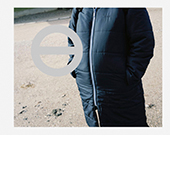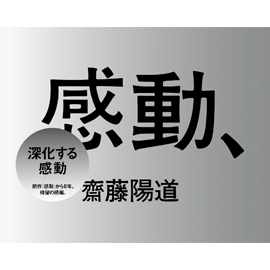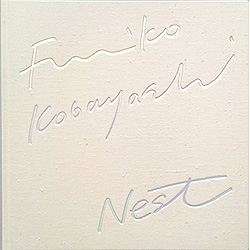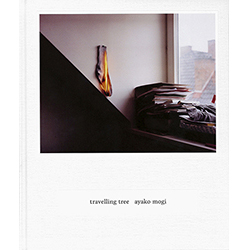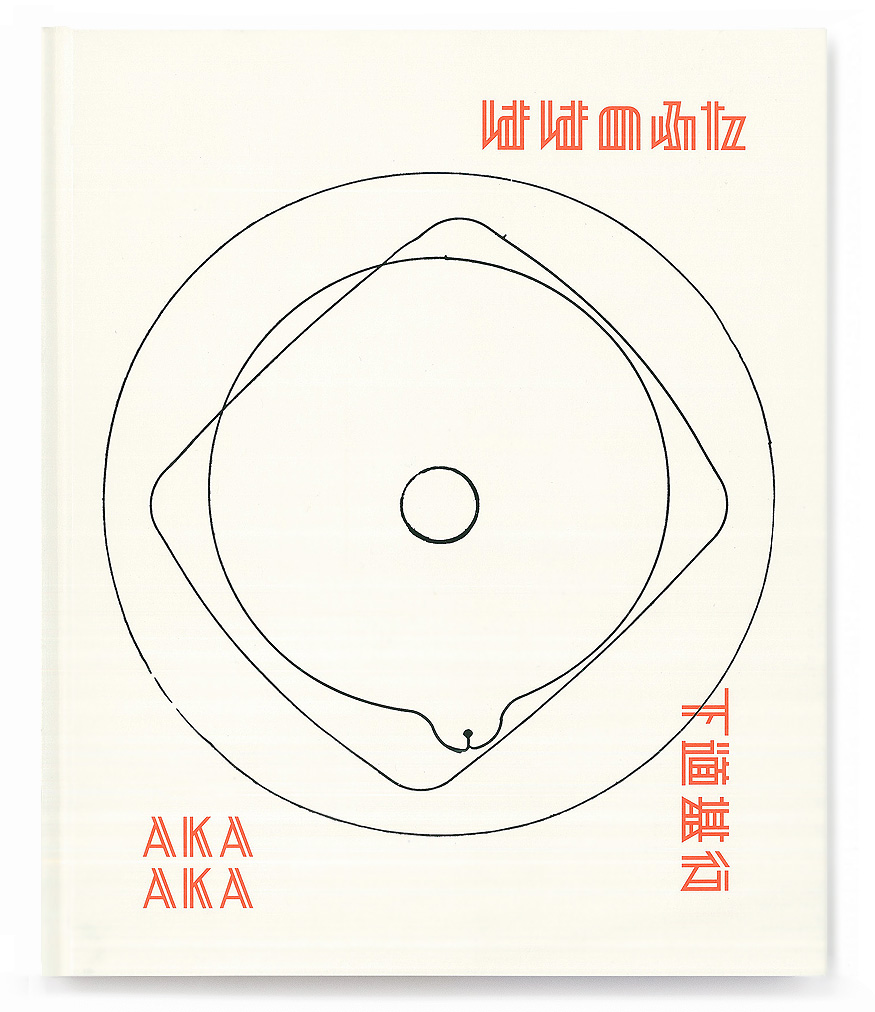
下道基行『ははのふた』
発行:赤々舎 Size:H280mm x W228mm Page:88 pages Binding:Hardcover Published in June 2025 ISBN:978-4-86541-203-1 |
¥ 4,500+tax
国内送料無料! お支払い方法は、PayPal、PayPay、Paidy 銀行振込、郵便振替、クレジットカード支払いよりお選び頂けます。 |
|---|
About Book
日々更新される関係性が形作るもの──
重ねられたふたのかたちに浮かび上がる、日常の創造性
Mother's Covers
Shitamichi Motoyuki
In 2012, after my marriage, my wife and I moved into her mother's house in Aichi.
It was the first place I called home after moving out of my small Tokyo apartment, where l'd lived for over ten years since starting art school.
The house in Aichi was a beautiful time-worn place, filled with carefully built-in furniture, all designed by my wife's grandfather, an architect.
I began sharing meals with my wife and mother-in-law ── a rare kind of family time I hadn't had since high school. I was becoming part of a new family.
Naturally, there were different customs, little things that puzzled me. Where to find things, where to put them back, what to add to the miso soup...
Each day brought new discoveries, and I felt like a stray cat wandering in and out of the house, or like someone who'd washed ashore on a small, unknown island, starting a new adventure.
In March 2011, the Great East Japan Earthquake struck.The tsunami and the nuclear power plant accident had followed.
I saw how easily the ordinary could vanish, swept away in a moment, and it made me feel fiercely attached to the small, everyday details of life.
Experiencing such a loss gave me more feelings towards the people close to me and to the things around me.
I hope you understand what I mean ── but I do believe things can be born out of losses.
The thing is that people tend to forget quickly, wanting to return to their routines.
It's like leaving from that unknown island to your home ── your comfort zone.
But I wanted to keep hold of that new sensitivity that was already growing within myself as I started over in the time-worn house in a suburb area.
One morning, I noticed an improvised "cover" over a teapot. It was a bit clumsy,
a little awkward, and endearing ── a lovely, everyday tablescape.
From then on, each morning, with my heart beating just a bit faster,
I'd sneak into the kitchen with a camera in my hand.
After finding my motif to take pictures on the morning table,
I kept capturing these small scenes, thinking,
"Primitive people in caves probably made coverings for things too..."
It really felt like glimpsing a preserved, ancient part of ourselves,
and somehow it made me delighted.
This ritual continued for about two years.
Then I had a chance to hold a small solo exhibition with the photos.
I printed them all and showed them to my mother-in-law.
She was puzzled at first, but she gave her permission to show the photos in the exhibition.
This "confession" meant the end of the project as she'd now be self-conscious of her little routines.
Soon, though, the photos found their way to exhibitions in different countries.
Several years later, my wife and I had a daughter.
My wife became a mother, and with that came a new tablescape.
My mother-in-law had begun improvising new covers daily
── no longer mindful of my camera. Then one day, I saw a cover made by my wife.
This was the beginning of "Mother's Covers: Season 2".
And once again, I began capturing these scenes, now with my phone.
A new life created different dynamics, layers and connections
within our family and it also brought me back to the days of photographing the "covers".
Shitamichi Motoyuki
Related Event
写真集『ははのふた』刊行記念トーク 日時:2025年7月4日(金)19:00〜 会場:誠光社(京都市上京区中町通丸太町上ル俵屋町437) 定員25名、参加無料(1ドリンクオーダー制) | 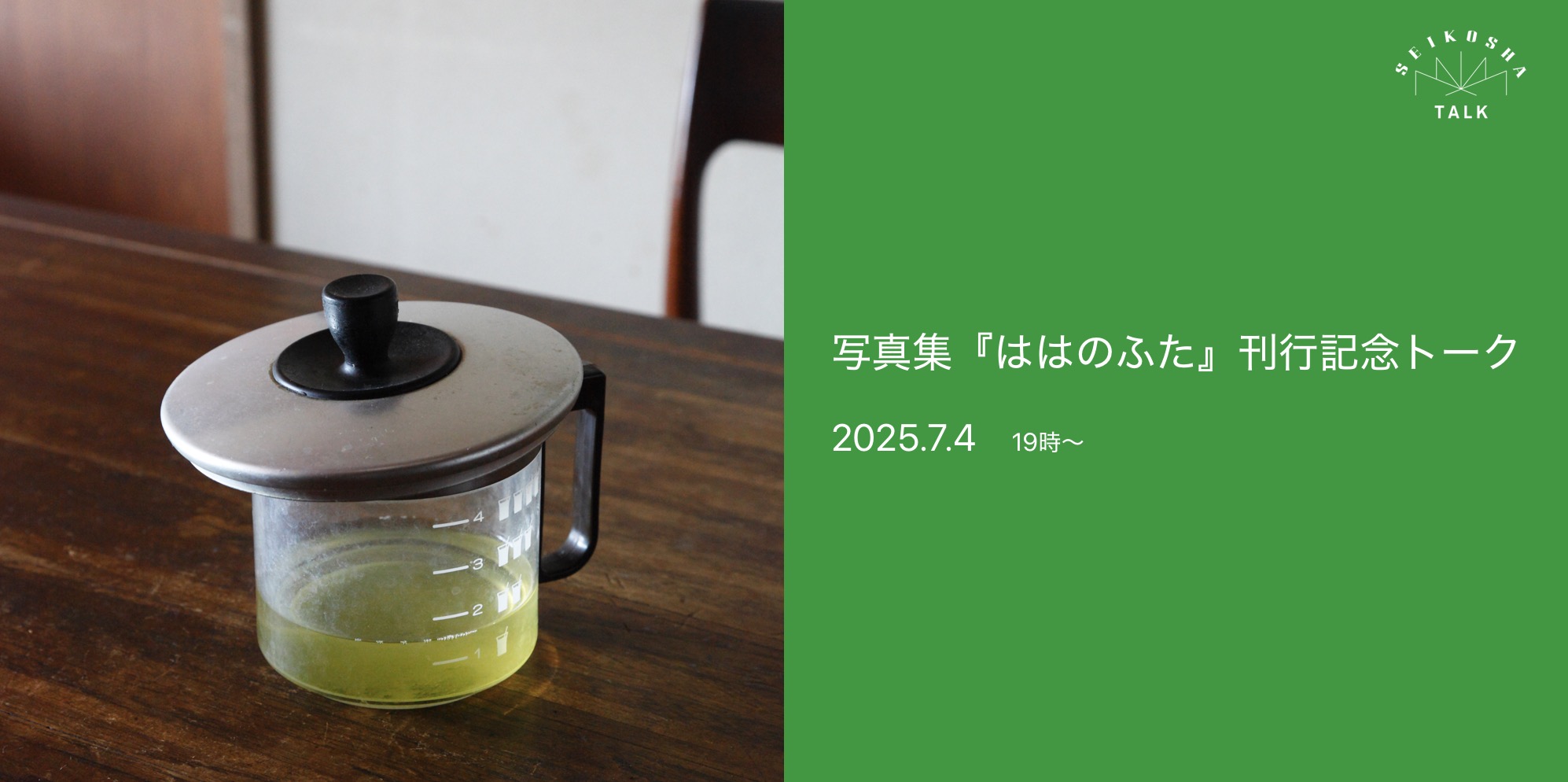 |
Artist Information
下道基行
1978年 岡山生まれ。2001年武蔵野美術大学造形学部油絵科卒業。2003年東京綜合写真専門学校研究科中退。日本各地に残る軍事施設跡を4年間かけて調査・撮影したシリーズ『戦争のかたち』(2001-2005)でデビュー。東アジアの日本植民地時代の遺構として残る鳥居を撮影した代表的なシリーズ『torii』(2006-2012)、250年以上前に沖縄先島諸島の海岸線に津波によって流れ着いた岩の現在を動画で撮影するシリーズ『津波石』(2015-)など、旅やフィールドワークをベースにした制作活動で知られる。2020年以降、コロナ禍で香川県直島に家族で移住し地元の人々と協働しながら島のアーカイブを作るプロジェクト『瀬戸内「」資料館』を継続している。
2012年光州ビエンナーレ新人賞、2015年さがみはら写真新人奨励賞、2019年Tokyo Contemporary Art Awardなどを受賞。2019年ヴェネチアビエンナーレ日本館参加作家。国内外での芸術祭や展覧会参加多数。出版物多数。
ジョージ・イーストマン美術館 (ニューヨーク、アメリカ)、カディスト美術財団 (サンフランシスコ、アメリカ)、高松市美術館、愛知県美術館、豊田市美術館、広島市現代美術館、森美術館、国立国際美術館、岡山県立美術館などに作品がコレクションされている。
2016-2019年に国立民族学博物館特別客員准教授、2024年から現在は京都芸術大学客員教授。香川県直島町在住。
Shitamichi Motoyuki
Born in Okayama in 1978. He graduated from the Painting Course in the College of Art and Design, Musashino Art University in 2001, and left his graduate studies at Tokyo College of Photography in 2003. He debuted with "Senso no Katachi" (Forms of War; 2001-2005), a series that surveyed and photographed the ruins of military facilities around Japan. He is known through works based on his travels and fieldwork, including "torii" (shrine gates; 2006-2012), his representative series on shrine gates still standing in East Asia as relics of Japan's colonial age, and the series, "Tsunami Ishi" (Tsunami Stones; from 2015) that films stones in the present that were washed ashore on the Sakashima Islands in Okinawa by tsunami over 250 years ago.
Notable awards include the Noon Award (Emerging Artist) at the Gwangju Biennale in 2012, the Sagamihara Award for Emerging Photographers in 2015, and the Tokyo Contemporary Art Award in 2019. He was also selected as the exhibiting artist for the Japan Pavilion at the 2019 Venice Biennale. His work has been widely exhibited in Japan and internationally. He has also published numerous publications.
His works are in the collections of the George Eastman Museum (New York, U.S.), Kadist Art Foundation (San Francisco, U.S.), Takamatsu Art Museum (Kagawa, Japan), Aichi Prefectural Museum of Art (Aichi, Japan), Toyota Municipal Museum of Art (Aichi, Japan), Hiroshima City Museum of Contemporary Art (Hiroshima, Japan), Mori Art Museum (Tokyo, Japan), The National Museum of Art, Osaka (Osaka, Japan), and the Okayama Prefectural Museum of Art (Okayama, Japan).
He served as a Special Guest Associate Professor at the National Museum of Ethnology from 2016 to 2019, and has been a Visiting Professor at Kyoto University of the Arts since 2024. He currently lives in Naoshima, Kagawa.
Related Items
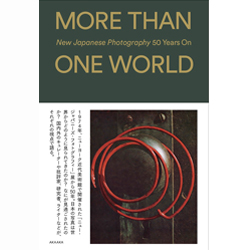
|
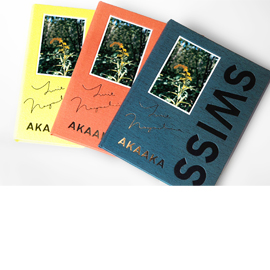
|
|
|
|---|
|
|
|
|---|

